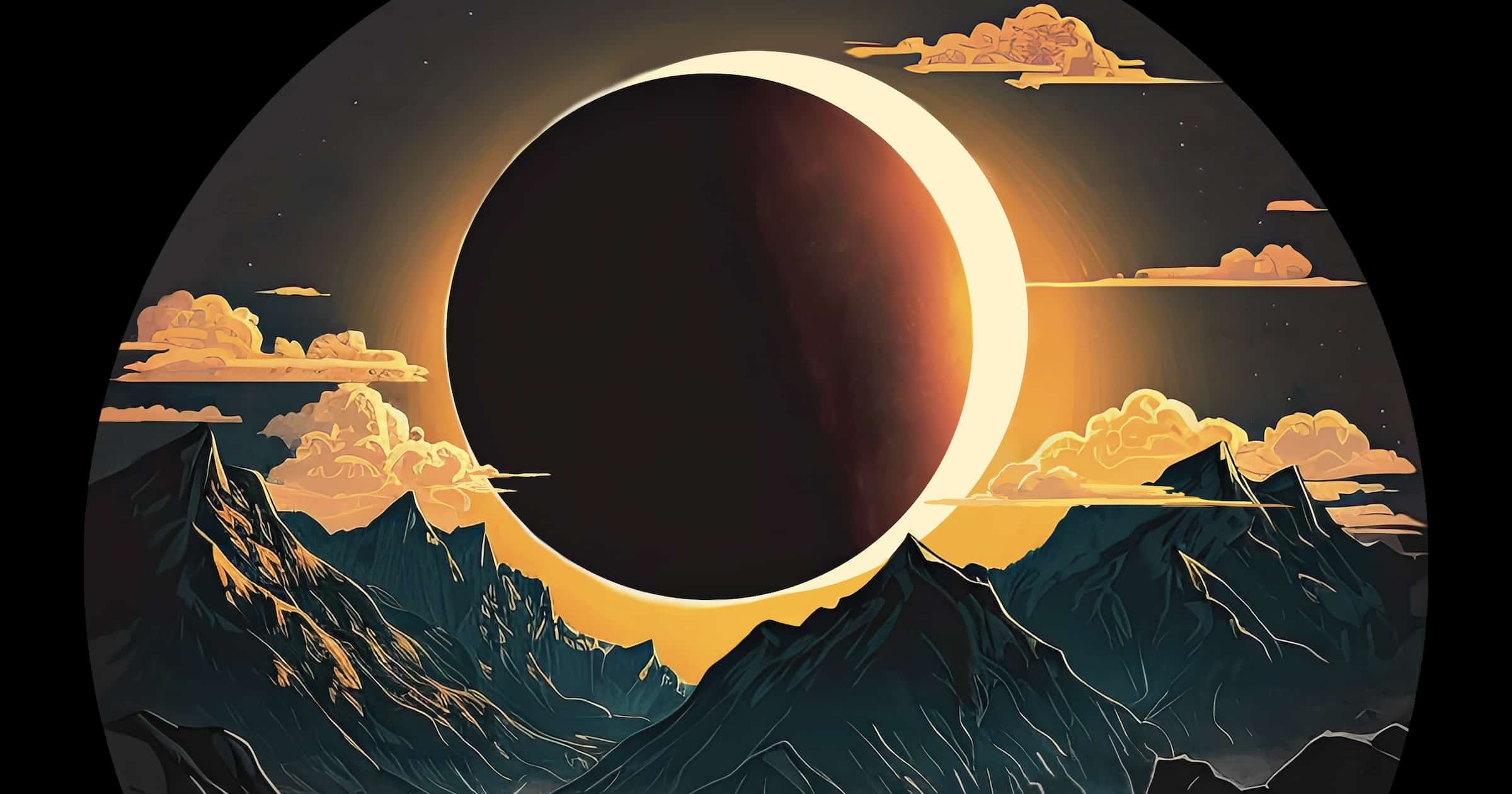 Intelligent Design
Intelligent Design
 Physics, Earth & Space
Physics, Earth & Space
A Portal to the Heavens: Preparing for the Solar Eclipse

I’m looking forward to Discovery Institute’s Solar Eclipse Experience. If you can’t make it to Waxahachie, TX, on April 8, don’t worry. There are plenty of other places across the country to view totality. The track of totality runs from Texas to Maine and crosses several major metropolitan areas, including Dallas, Little Rock, Indianapolis, Cleveland, and Rochester.
If you live within the track, then you’re all set. Maybe. While astronomers can predict the circumstances of solar eclipses centuries in advance within one second of time anywhere on Earth, meteorologists can’t tell you what the weather will be like three days from now. For clear skies, the weather forecasts for April 8 generally favor the southernmost parts of the track (see here and here).
If you live in the Northeast, check the forecast a few days before the event and consider traveling south if it looks bleak. Even if it is cloudy where you live the day of the eclipse, be sure to go outside just before totality. You may be lucky and get a break in the clouds. And even if it remains cloudy, you should still go outside. It will get noticeably darker.
Be aware that, as with the 2017 solar eclipse, major roads along the eclipse track will be clogged with traffic. Plan ahead. Driving through large metropolitan areas the day of the eclipse will likely be difficult.
Doing Science at the Eclipse
A total eclipse is an experience for nearly all the senses — I can’t say I’ve ever tasted or smelled a solar eclipse! I’ve felt the temperature drop. I’ve heard the sounds of the onlookers and the cicadas. I’ve seen the sky darken and the sun’s corona appear. It is hard to take in all that is happening over the few minutes of totality. Not only are you immersed in the local circumstances of the event, but you feel connected to the cosmos as the long shadow of the Moon reaches down to touch you while opening a temporary “portal” to the heavens above.
As Jay Richards and I discuss in the first chapter of The Privileged Planet, much great science has been done during total solar eclipses over the last century and a half. Even today, it is still possible to make discoveries during an eclipse. NASA has awarded five experiments for the April 8 eclipse.
If you’re the sciency type, you can make a modest contribution to an eclipse citizen science project. Or, you can just do a science experiment for fun. Here are several ideas:
- Observe the sun’s flash spectrum during the transition into and out of totality. With a transmission diffraction grating (200 to 500 lines/mm) held in front of the sun, you will see its spectrum off to the side.
- Make your own spectrometer by making a fine mist of water droplets with a garden hose against a background with a black fabric cloth. Record with a camera on a tripod during the transition into and out of totality.
- Use the phyphox phone app to record brightness, sound, magnetic field, and barometer measurements during the eclipse.
- Place a white bed sheet on the ground and record video of the sunlight on it in the few minutes prior to totality and also after. Look for the elusive shadow bands. I saw them during the 2017 solar eclipse.
And while this is not a science experiment per se, be sure to talk with people soon after totality and note commonalities in what you hear. Notice any spiritual or religious feelings about the eclipse. Those are not uncommon.
